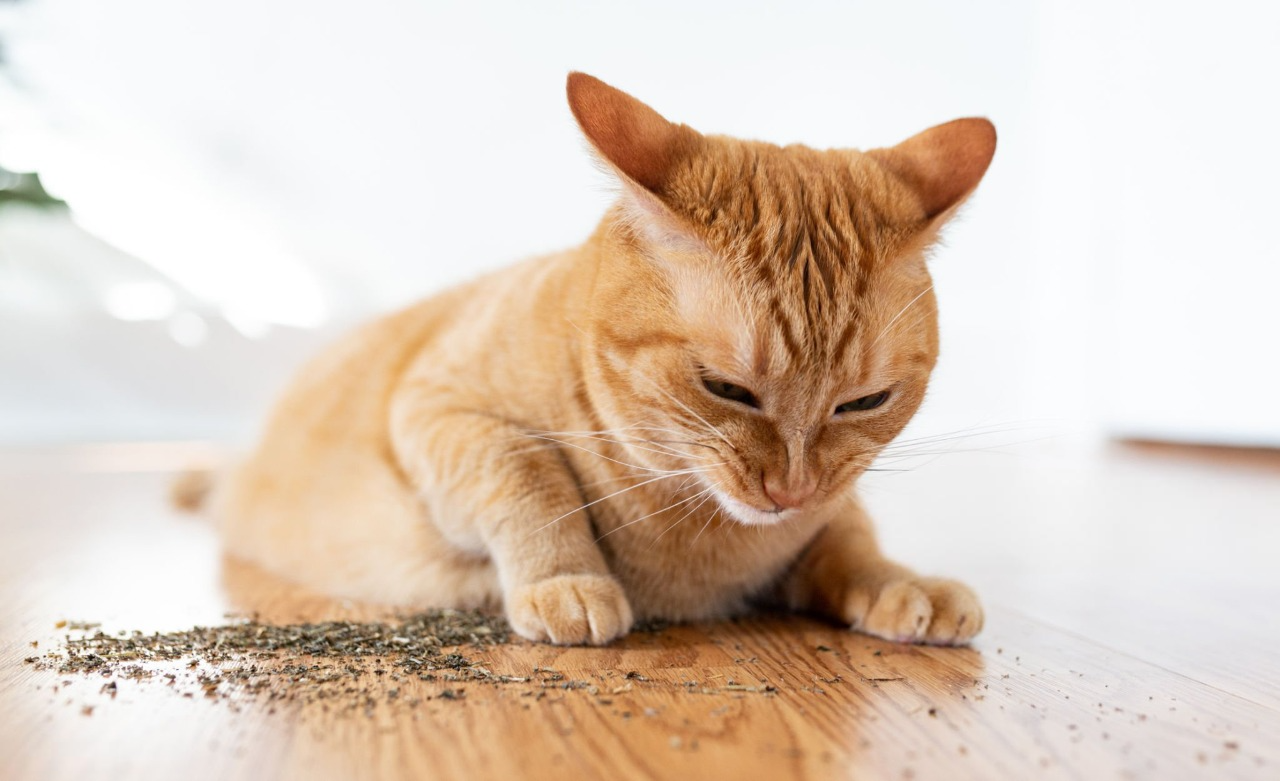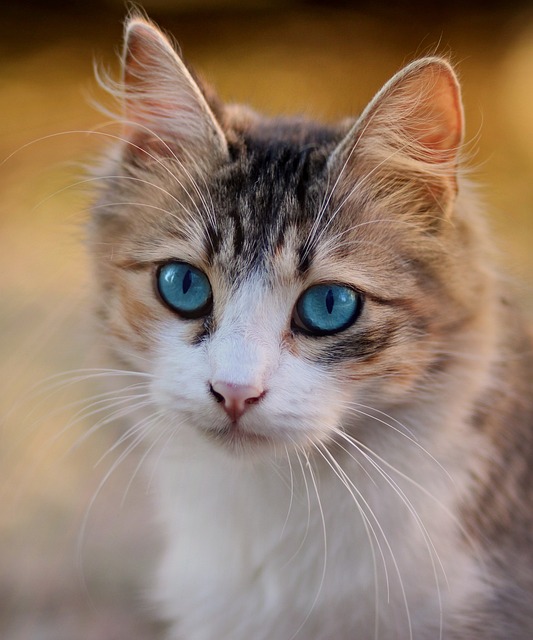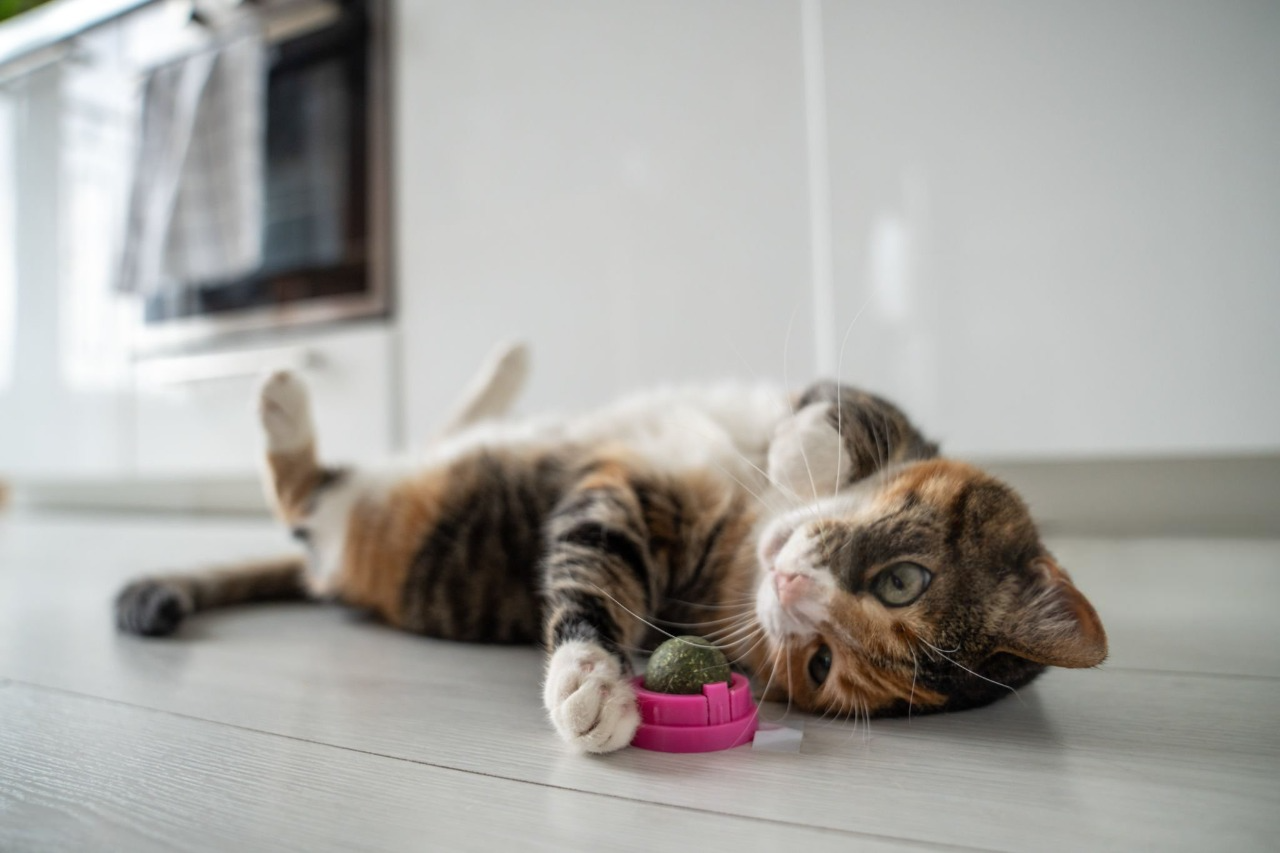Why Are Cats Drawn to Catnip? Understanding the Fascination
If you’re a cat owner, you’ve likely seen your feline friend interact with catnip, whether in toys, sprinkled on scratching posts, or even as a plant. But what exactly is catnip, and why do cats react to it so strongly? Let’s dive into what catnip is and why it captivates many cats.
What Is Catnip?
Catnip, scientifically known as Nepeta cataria, is a member of the Lamiaceae plant family, which also includes herbs like rosemary, oregano, and basil. It is commonly found growing wild in Europe, Asia, and North America. Along with attracting cats, catnip has the added benefit of repelling mosquitoes. The key to catnip’s allure is a compound called nepetalactone, found in the leaves, stems, and flowers of the plant. When cats come in contact with this compound, they often exhibit noticeable behaviors.
The Attraction to Catnip
The strong appeal of catnip lies in its aromatic oil, particularly the nepetalactone, which acts as a sort of feline pheromone. This compound binds to receptors in a cat’s nasal passages, triggering a response in their brain. But how exactly does catnip affect cats?
When exposed to catnip, many cats become hyperactive and playful, some even acting aggressively, while others may become calm and relaxed. The effects can last anywhere from 10 to 30 minutes, after which your cat may need a break before reacting again. Although catnip has been compared to a “high,” there’s no definitive scientific evidence proving that it alters cats’ brains in the same way mind-altering substances do for humans.
Interestingly, not all cats are affected by catnip. Around 30-50% of cats don’t react to it at all. This behavior is believed to be genetic. If your cat isn’t responsive to catnip, don’t worry—there are other alternatives.

Why Some Cats Don’t React to Catnip
The response to catnip is inherited, and some cats simply lack the genetic predisposition to react. Fortunately, cats that don’t respond to catnip may still enjoy other plants, such as silver vine.
Silver vine, or Actinidia polygama, is another plant known to attract cats, particularly those who don’t react to catnip. Native to the mountainous regions of Japan and China, silver vine contains two compounds—nepetalactone and actinidine—that are irresistible to many cats. Actinidine has a similar effect on cats as nepetalactone, but for some cats, it can be even more enticing.
How to Use Catnip
Catnip can be enjoyed by cats in various forms. Dried catnip is commonly sold in pet stores, and it can also be purchased as sprays containing the active oils. Additionally, you can grow your own catnip plant indoors or in your garden. If you’re growing it at home, it’s best to keep the plant in a sunny spot and water it regularly.
One fun way to incorporate catnip into your cat’s routine is through toy rotation. Instead of leaving all of your cat’s toys out, store some in a container with dried catnip. This method will refresh the toys and encourage your cat to enjoy them again. To extend the shelf life of dried catnip, store unused portions in the freezer.
Giving Catnip to Your Cat
To provide catnip to your cat, you can sprinkle it on their bed or scratching posts to encourage them to use new items or engage in appropriate scratching behaviors. Some cats may even enjoy eating small amounts of catnip. While it’s generally safe for cats, moderation is key.
Safety Tips for Catnip Use
Catnip is considered non-toxic and is safe for cats, even in large quantities. However, there are a few precautions to consider. Some cats may become overly excited and tear their toys apart to get to the catnip inside. This could pose a choking hazard or cause intestinal blockages if the cat ingests stuffing or other toy materials. Cats that react strongly to catnip may also play rough, which could lead to accidental scratches or bites. If your cat tends to get too wild, supervise their interactions with catnip.
Final Thoughts
Catnip offers a fun and harmless way to entertain your cat and enrich their environment. Whether you’re using it to encourage play, as part of a training method, or simply to provide some relaxation, catnip is a valuable addition to your cat’s toy collection. Just remember to monitor their reaction, and always ensure the catnip or silver vine you use is safe and non-toxic.

“A blog for pet lovers” is a dedicated space where animal enthusiasts can explore tips, stories, and expert advice on pet care, training, health, and more. Whether you’re a dog person, a cat lover, or someone who adores all animals, this blog offers a warm and engaging community for you to connect, learn, and celebrate the joy of having pets…







